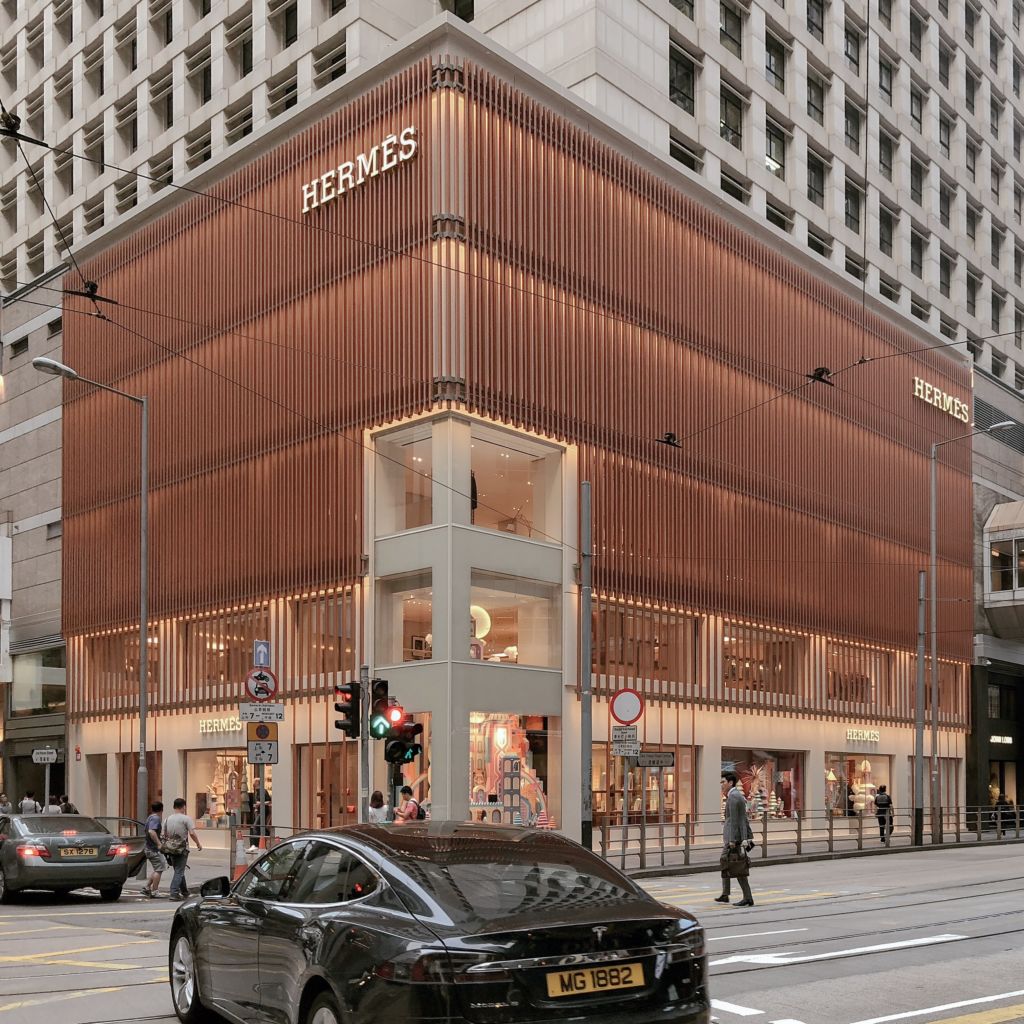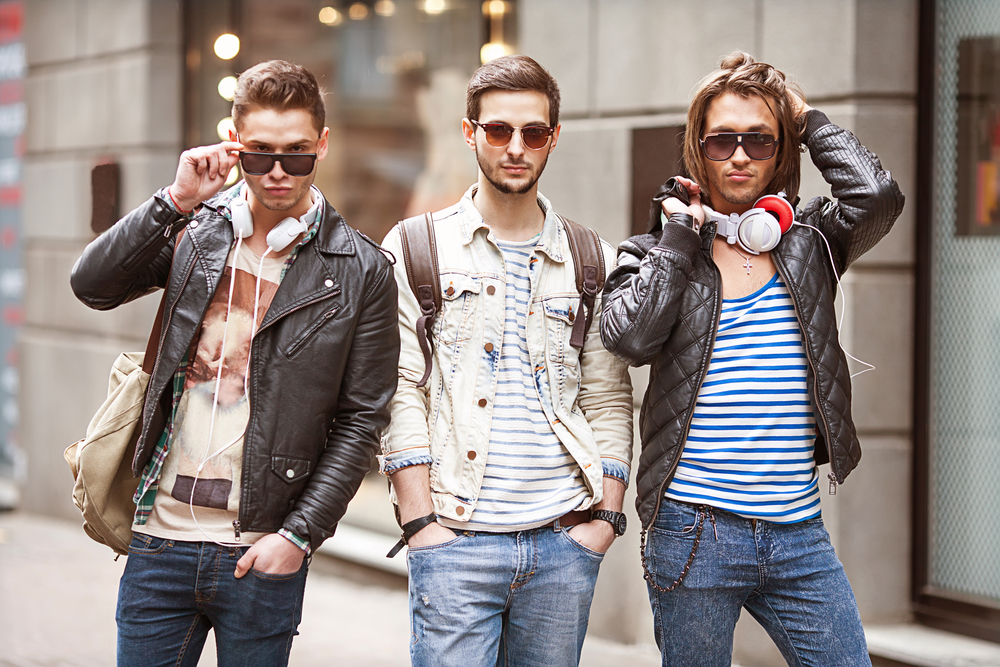
The fashion sector is turning towards another destination. In the previous article we expressed that current fashion is resilient and in this article we say that it is optimistic. Why do we attribute these adjectives to fashion? What makes us think that the brands, organizations and entrepreneurs that make up this industry have these qualities so necessary to achieve success?
The answer to the questions posed arises from observing that, indeed, there is a new feeling of optimism in an industry full of uncertainty. In the BoF & McKinsey World Fashion Survey to describe the state of the sector this year, the words most used by the executives surveyed were “uncertain” and “challenging” but immediately behind them was “optimism”.
In this post we will analyse the situation of the global fashion sector and list the possibilities, changes and current trends. We will thoroughly analyze each and every one of these aspects in the following articles based on the assessment of the report of the international consulting firm.

The fashion post moves from Europe and the USA to the Emerging Markets.
The McKinsey World Fashion Index predicts that the industry’s sales growth will almost triple between 2016 and 2018, from 1.5% to 3.5% – 4.5%. This increase is not occurring in the same way globally. The year 2017 therefore marked the end of an era. The West will no longer be at the top of the podium in world fashion trade. A paradigm shift will occur this year when, for the first time in history, more than 50% of apparel and footwear sales will originate outside North America and Europe, as the fastest growing sources are emerging markets in Asia-Pacific, Latin America and other regions.
We are not surprised that this is also reflected in the thinking of the executives of the leading companies in the emerging markets as they are more optimistic about the situation of the sector for 2018. The continued polarization of the industry with customers moving from average prices to higher or lower market prices continues to generate an opposing force for fashion players with mid-range prices. On the other hand, those who play in the luxury, value and discount segments gain speed. The novelty is that the absolute luxury segment is accelerating at the same pace as accessible luxury.
The digital consumer changes the fashion system
Along with customers’ adoption of the digital world, we see much more expectation of the customer experience and a deeper analysis of convenience, quality, novelty, customization and price.
Fashion industry leaders are creating innovative business models, using granular customer insights as a source of differentiation and expanding the boundaries of their end-to-end product development processes.
Challenges
Challenges are generated from operating in a fundamentally volatile industry and an unpredictable socio-economic environment. This led organizations and fashion brands to “become more resistant and resilient”. Industry players already accept the unpredictable as normal and managers argue and respond by directing their energy and work to improve everything under their control.
By 2018 everyone expects much more than has happened in these first six months. We need to observe the emergence of the themes a priori considered distinctive this year, from Asian fashion leaders confirming their power on the global stage to large-scale personalization and futuristic deployment of artificial intelligence. For those who change, reinvent themselves and innovate, being willing to create the new profile of the modern fashion system, the possibilities to connect with global consumers have never been so promising.
Disruptions
If we list the situations and disruptive changes with direct effect on the sector it is best to do so from the general – the global socio-economic situation – to the particular – the fashion system itself.
Global economy
Uncertainty and volatility | Global interconnection and global competition | Growth shifts from the West to the South and the East | New technologies adopted at an accelerated pace | Urbanization.
Changes in consumer behavior
On line and with strict control | They navigate smoothly through the omnichannel during their shopping experience | They look for zero friction | They share among peers: information, reviews, opinions, likes, etc. | They expect everything in each purchase: convenience, quality, values orientation, novelty and price.
The fashion system
Digitization from end to end of the value chain with defined costs | Acceleration of the fashion industry: leaders reduce the time between design and product placement in store | Brands go for direct contact with the consumer | Innovative business models | Reinvention of physical stores by the decline of traffic in them | Storage and analysis of data that generate business opportunities and challenges in control and security.
Current trends.
The same criterion we use on disruptions is the one we will apply to the prevailing trends; we go from the global aspect to the very essence of the fashion system.
Predictably unpredictable
The new global situation is social and economic uncertainty and the geopolitical crisis.
Restarting globalization
Despite nationalisms, isolationist rhetoric and the return to manufacturing relocation, globalization does not stop and is in full swing.
Asian pioneers
Asian players will further exercise their great power and leadership through investment in innovation, extreme entrepreneurship and global expansion.
Customization
Undoubtedly, customization will become increasingly important to the consumer.
Platforms first
The issue for fashion brands is no longer a choice between “yes or no” but “how” to collaborate with the big digital platforms.
Obsession with the mobile
As customers’ obsession with mobile increases, the transaction and shopping experience will become mobile from end to end.
AI becomes real and palpable
Leaders who bet on innovation will reveal the real possibilities of artificial intelligence throughout the fashion value chain.
Credibility in sustainability
Sustainability will be an integral component of the planning system and the principles of the circular economy will be integrated into the value chain.
Disappointing but necessary discounts
The increase in the discount sector continues to be driven by the idea that they achieve a solution to the problems of overstocking and slow growth.
Startup mindset
Due to an urgent and intense need for innovation throughout the industry, a growing number of fashion companies will seek to imitate the qualities of startups.
Bottom line
The fashion sector and the textile industry are faced with a series of opportunities and challenges that, if properly exploited, will establish them at another level of sophistication and at a stage of structural growth. It is up to us to make it happen.












































